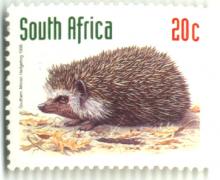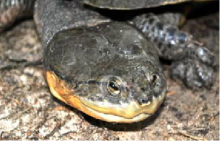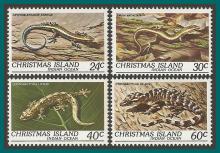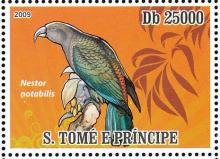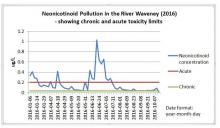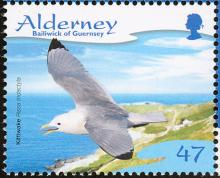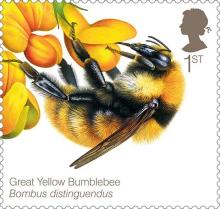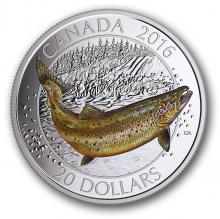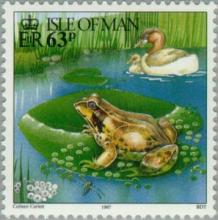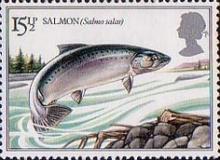Decline in number of hedgehogs seen in Kent
- Read more about Decline in number of hedgehogs seen in Kent
- Log in to post comments
A "worrying" drop in the amount of hedgehogs being found in Kent gardens has baffled experts. There has been a decrease of nearly four per cent in the species, according to the latest conservation survey carried out by the Royal Society of the Protection of Birds (RSPB). It has been measuring the amount and types of wildlife found in people's back gardens for three years. Statistics show they have gone down continuously; with the sightings of hedgehogs dropping from 53.1 per cent in 2016 to 49.5 per cent this year.

